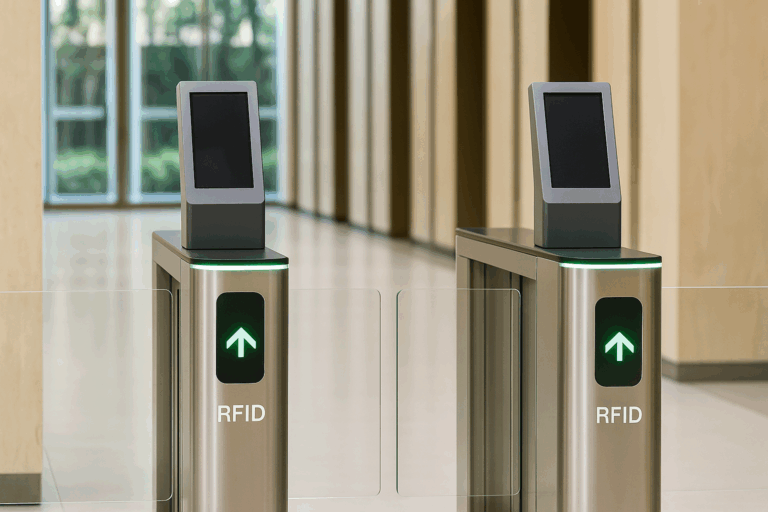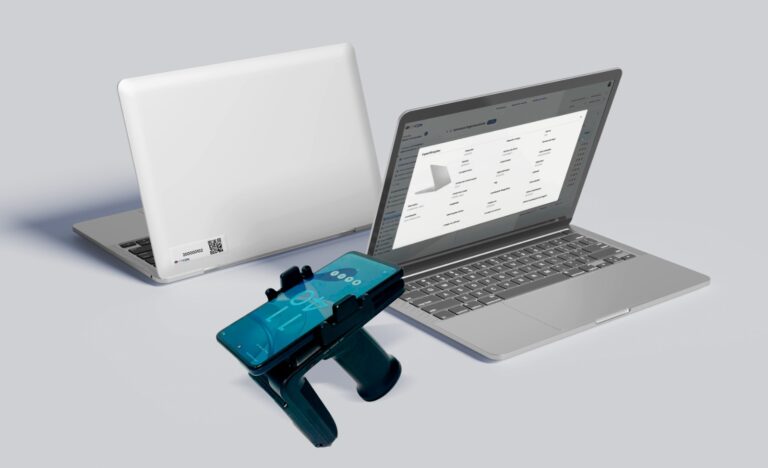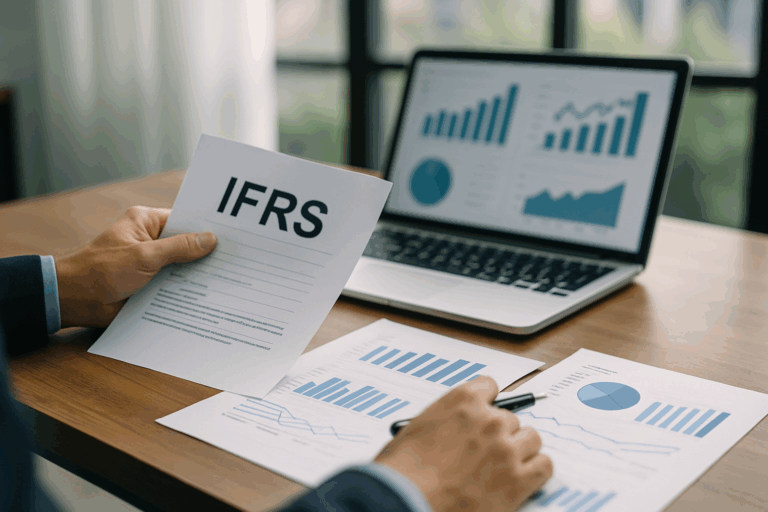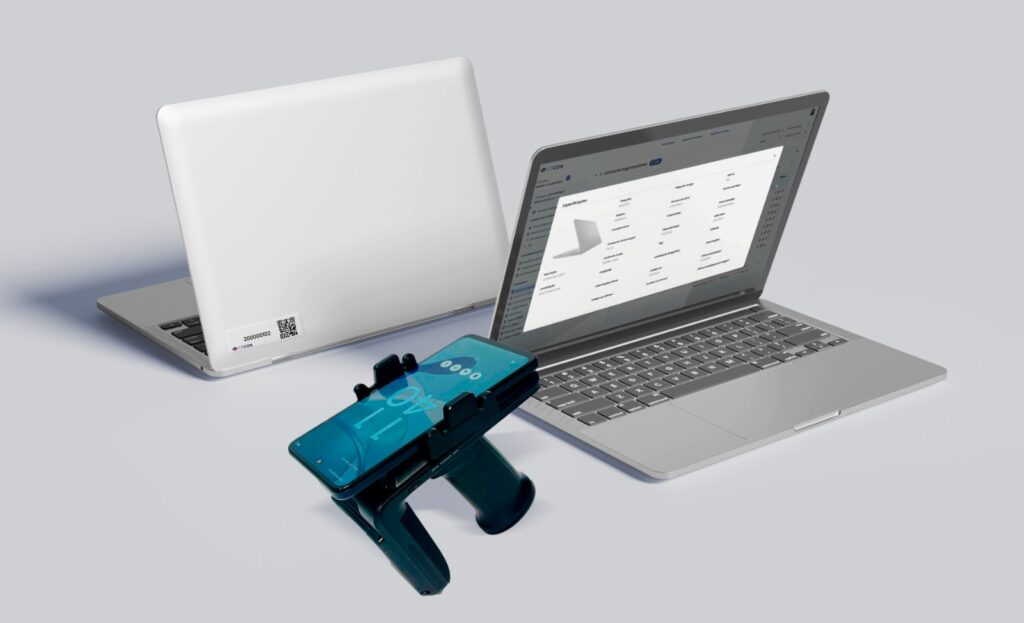GAAP vs IFRS: what are the real differences—and why should asset managers care?
On one side, GAAP (Generally Accepted Accounting Principles) offers rule-based precision rooted in the U.S. regulatory framework. On the other, IFRS (International Financial Reporting Standards) promotes global comparability through a principle-based approach. Both aim to bring order to financial reporting, but when it comes to asset management, the divergence between the two can significantly affect valuations, depreciation schedules, and even audit readiness.
The split originated not from competition, but from context. GAAP evolved to meet the U.S. financial system’s demand for consistency and regulatory rigor, while IFRS was born out of a global need for harmonization. The result? Companies operating internationally face dual reporting expectations, and financial leaders must navigate these frameworks with accuracy and foresight.
In this article, you’ll learn the fundamental differences between GAAP and IFRS in the context of asset management. We’ll explore how these standards affect everything from financial statements to compliance strategy—and how CPCON helps global companies bridge the gap with precision, expertise, and control.
Table of Contents
ToggleTable of Contents
- What Are GAAP and IFRS? A Clear Definition
A simple explanation of each standard and their core principles. - GAAP vs IFRS in Practice: Why These Differences Matter for Asset Management
How these frameworks impact asset valuation, depreciation, and decision-making. - Depreciation, Impairment, and Revaluation: A Technical Comparison Between GAAP and IFRS
Key accounting treatments and their practical consequences for fixed assets. - How GAAP vs IFRS Affects Fixed Asset Reporting and Financial Strategy
Strategic implications for balance sheets, KPIs, and capital planning. - Global Compliance Challenges: What Multinational Companies Must Consider
The operational and regulatory risks of working across multiple accounting frameworks. - How CPCON Helps Companies Navigate GAAP vs IFRS with Confidence
CPCON’s solutions to align asset control, reporting, and global compliance. - Bridging the Standards: Why Understanding GAAP vs IFRS Is a Strategic Advantage
Closing reflections on how knowledge of both standards creates value. - FAQ
7 essential questions for companies managing assets under GAAP and IFRS.
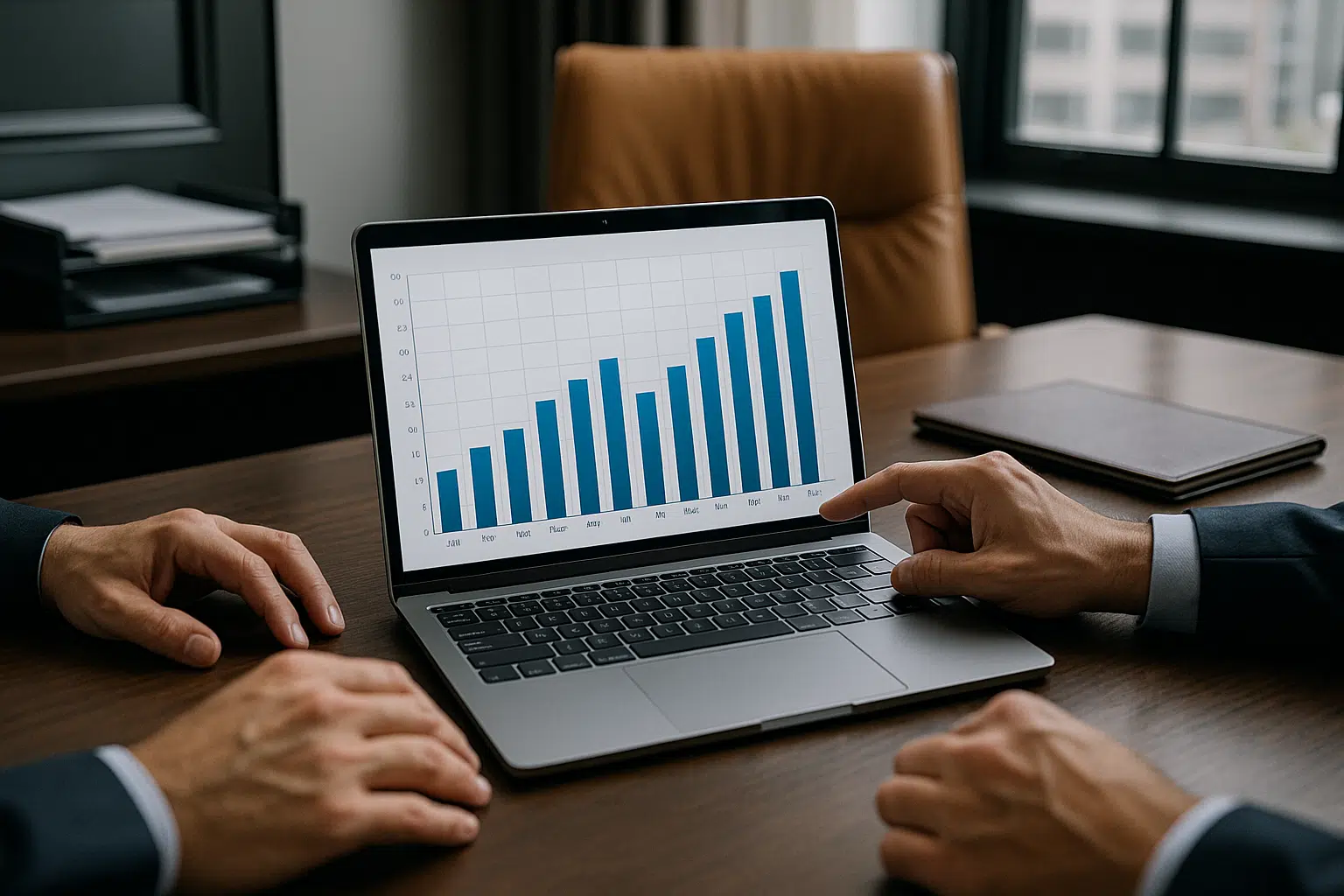
What Are GAAP and IFRS? A Clear Definition
GAAP and IFRS are two major accounting frameworks that define how companies record and report financial information—but they follow different philosophies.
GAAP stands for Generally Accepted Accounting Principles. It’s a rules-based system used primarily in the United States. Every financial transaction under GAAP must follow detailed standards defined by the Financial Accounting Standards Board (FASB). The goal is consistency, control, and transparency within a strict legal environment.
IFRS, or International Financial Reporting Standards, is a principles-based system created by the International Accounting Standards Board (IASB). It’s used in more than 140 countries, including the European Union, the UK, and much of Latin America. Unlike GAAP, IFRS allows professional judgment and flexibility when interpreting standards—especially in complex transactions or asset valuation.
Here’s a simple analogy: GAAP is like a detailed recipe that tells you exactly how to cook a dish, step by step. IFRS, instead, gives you the desired result and lets you decide the best method to get there.
Understanding the distinction between these two is the first step to knowing how your assets will be valued, reported, and audited depending on the jurisdiction.
GAAP vs IFRS in Practice: Why These Differences Matter for Asset Management
The differences between GAAP vs IFRS are not just academic—they shape how companies manage their fixed assets, track depreciation, and comply with global financial standards.
Under GAAP, asset valuation is typically based on historical cost. Revaluations are rare and tightly regulated. This means fixed assets remain on the balance sheet at their original acquisition cost, minus accumulated depreciation. It’s predictable, consistent—and sometimes outdated.
IFRS, in contrast, allows revaluation of certain assets to reflect fair market value. This approach can offer a more realistic picture of a company’s financial health, especially for long-term assets like buildings or specialized equipment. However, it also introduces complexity and judgment calls that require technical expertise.
Here’s a practical scenario: a multinational company with operations in both the U.S. and Europe needs to consolidate its financials. Under GAAP, it would report a manufacturing plant at historical cost. Under IFRS, that same plant might appear with a much higher fair value. This directly impacts KPIs, debt covenants, investor perception, and M&A strategy.
In asset management, these differences can affect:
- The calculation of depreciation expenses.
- The accuracy of asset impairment tests.
- The presentation of financial statements for audit or IPO readiness.
- Internal decisions on capital investment and lifecycle planning.
Knowing how each standard treats asset classes isn’t just a compliance issue—it’s a strategic advantage.
Depreciation, Impairment, and Revaluation: A Technical Comparison Between GAAP and IFRS
While both frameworks require depreciation and impairment testing, GAAP vs IFRS differ significantly in how they approach asset valuation and write-downs.
Depreciation under GAAP follows specific formulas based on asset class, useful life, and salvage value. Methods like straight-line and double-declining balance are commonly used, with limited flexibility. Once an asset’s depreciation method is selected, changing it requires justification and disclosure.
Under IFRS, companies also use systematic depreciation, but have more freedom to adjust assumptions. IFRS allows companies to review and change useful lives, residual values, and even depreciation methods when justified. This dynamic approach gives companies a more realistic tool to reflect how an asset’s economic value evolves over time.
Impairment testing is another key difference. GAAP uses a two-step model: first, check if the asset’s carrying amount exceeds future cash flows (undiscounted). If yes, then calculate the impairment loss by comparing carrying amount to fair value. IFRS uses a simpler one-step approach: compare carrying amount directly to recoverable amount (higher of fair value less costs to sell and value in use), using discounted cash flows.
Revaluation is the most striking divergence. GAAP generally does not allow asset revaluation—except for certain financial instruments. Fixed assets remain at historical cost. In IFRS, however, companies may choose to revalue property, plant, and equipment to fair value, as long as they do so consistently across the asset class.
To illustrate:
- A logistics firm using IFRS might revalue its warehouse every three years, showing an increased book value and equity.
- A U.S.-based firm under GAAP would keep the same warehouse at its original purchase price, minus depreciation, even if market value doubled.
These rules influence not only balance sheets, but also investment decisions, audit risk, and regulatory compliance—making the understanding of GAAP vs IFRS critical for global asset managers.
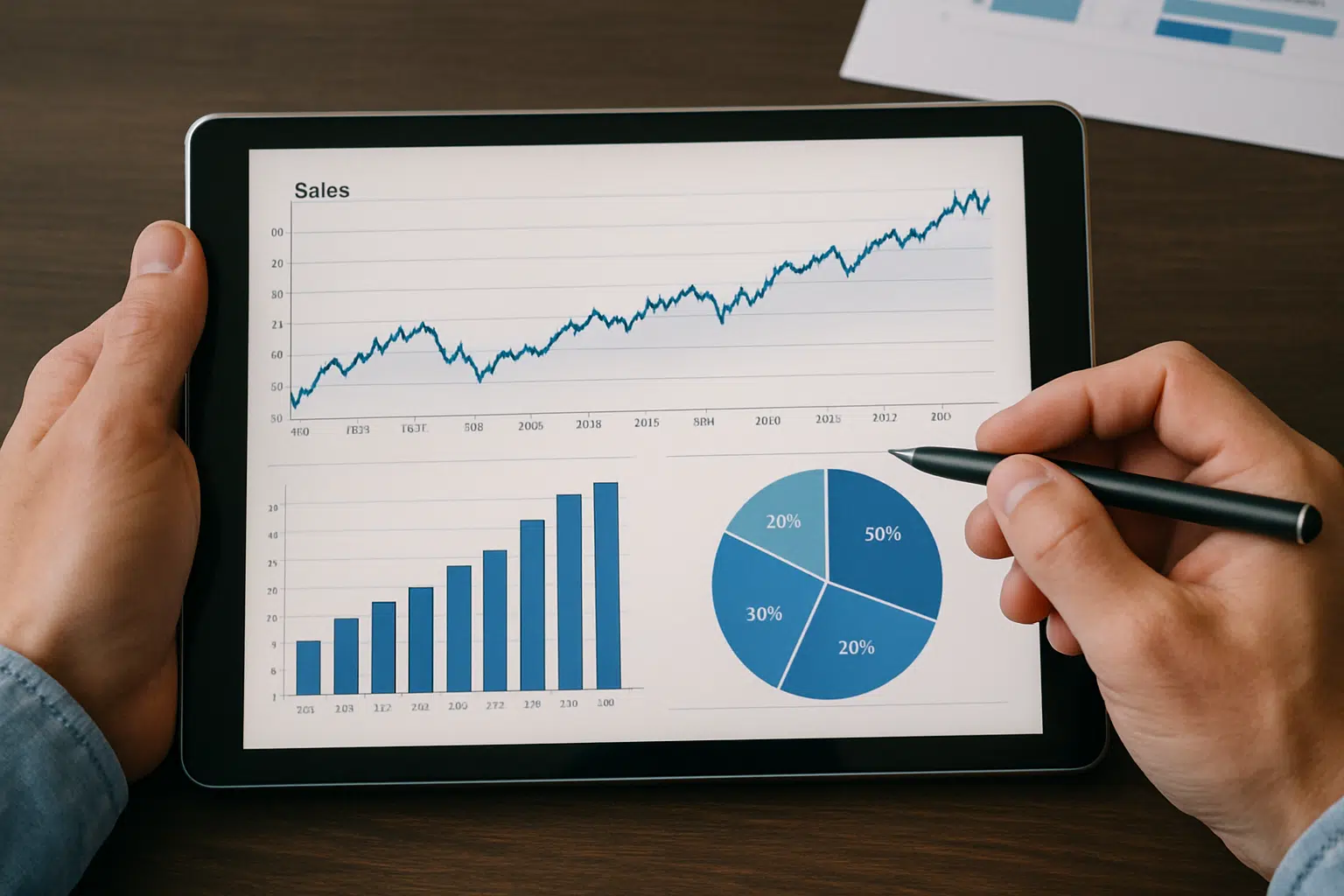
Want to go deeper into IFRS asset control?
Read our article “Mastering IFRS Asset Management: How Useful Lives and Residual Values Impact PPE and Intangibles” and learn how IFRS principles shape the lifecycle of your fixed and intangible assets.
How GAAP vs IFRS Affects Fixed Asset Reporting and Financial Strategy
GAAP vs IFRS is not just about accounting rules—it shapes how fixed assets are perceived, reported, and leveraged as part of business strategy.
Under GAAP, fixed asset reporting tends to emphasize stability and comparability over time. Assets are carried at historical cost and depreciation is methodical, meaning companies present a conservative view of their capital structure. This supports investor confidence but may underrepresent real asset value, especially in inflationary environments or in industries where market-based valuation offers a competitive edge.
IFRS, on the other hand, allows more responsive reporting. The revaluation model permits companies to update asset values to reflect current market conditions, giving a more realistic picture of financial health. For firms operating in volatile or rapidly changing markets, this can improve capital allocation and enhance transparency with stakeholders.
From a financial strategy perspective, these frameworks affect more than just balance sheet presentation:
- GAAP’s rigidity can delay recognition of true asset potential, impacting decisions on reinvestment or divestment.
- IFRS may require more frequent reviews and technical reassessments, increasing the need for strong internal controls and audit preparedness.
For multinational organizations, these differences demand a unified approach to asset tracking, depreciation policies, and reporting formats. Misalignment can lead to inconsistent data, delays in consolidation, and complications during mergers, acquisitions, or cross-border audits.
In a globalized economy, understanding how GAAP vs IFRS frameworks influence asset reporting is essential to making strategic financial decisions with confidence and clarity.
Need expert support to align GAAP and IFRS in your asset reports?
CPCON offers technical consulting, inventory services, and global compliance expertise to help you manage fixed assets across jurisdictions.
Contact our team and discover how we simplify international asset management for large enterprises.
Global Compliance Challenges: What Multinational Companies Must Consider
For multinational companies, navigating GAAP vs IFRS is more than a reporting exercise—it’s a compliance challenge with high financial stakes.
Each country has its own regulatory environment. A company listed in the U.S. must comply with SEC requirements under GAAP. But if it operates in Europe, Latin America, or Asia, it must also align its reporting with IFRS or local adaptations. This duality creates complexity in financial consolidation, audit preparation, and internal control management.
One key challenge is timing. IFRS may require impairment recognition sooner than GAAP. This affects quarterly earnings, asset valuations, and risk assessments. Another is consistency: different valuation models can produce conflicting asset values across business units, complicating strategic planning and regulatory disclosures.
Moreover, internal teams must be trained to understand both systems. This includes controllers, asset managers, and auditors working across jurisdictions. Without harmonized data structures and processes, errors can propagate—affecting financial reports, tax filings, and investment decisions.
Some of the most common compliance risks include:
- Misalignment in depreciation schedules and asset lifespan assumptions
- Lack of standardization in impairment testing models
- Conflicts in currency reporting or asset classification
- Gaps in documentation for regulatory audits
Addressing these risks requires more than accounting knowledge. It demands robust asset management systems, clear internal policies, and advisory support from experts who understand both GAAP and IFRS in depth.

Preparing for asset audits under dual standards?
See: Fixed Asset Audit: Checklist with 5 Practical Steps to Prepare Yourself
How CPCON Helps Companies Navigate GAAP vs IFRS with Confidence
Adapting to GAAP vs IFRS standards requires more than theoretical understanding—it demands operational precision, audit-ready data, and real-time visibility over every asset. This is where CPCON becomes an essential strategic partner.
CPCON supports companies in harmonizing asset management practices across GAAP and IFRS environments. Whether the objective is to ensure global compliance, prepare for audits, or align depreciation and valuation models, CPCON brings the tools, people, and methodology to deliver results.
The process begins with a technical diagnosis. CPCON’s experts map asset records, assess depreciation policies, and compare accounting treatments under both standards. This analysis reveals gaps, inconsistencies, and opportunities for optimization.
From there, we implement tailored asset inventory and valuation strategies—backed by advanced tools like RFID technology and CubeAssets, our proprietary platform. With this infrastructure, companies gain structured control over physical assets and financial data, ensuring traceability and compliance across jurisdictions.
Key advantages of working with CPCON include:
- Standardized asset data aligned to both GAAP and IFRS requirements
- Customized depreciation and revaluation models by asset category
- Audit-ready documentation and dashboards for compliance teams
- Scalable solutions for multi-country and multi-standard reporting
- Field teams trained in global accounting regulations and control frameworks
By combining deep accounting expertise with operational execution, CPCON empowers finance leaders to make informed decisions, reduce regulatory risk, and maintain full control over fixed asset reporting—regardless of the standard in place.
Bridging the Standards: Why Understanding GAAP vs IFRS Is a Strategic Advantage
In a global business environment, mastering the differences between GAAP vs IFRS is no longer optional—it’s a competitive advantage.
These frameworks influence how companies value assets, recognize losses, prepare for audits, and report financial health to stakeholders. For organizations operating across borders, the ability to navigate both standards with confidence can mean faster consolidation, fewer regulatory risks, and more informed investment decisions.
But more than technical compliance, the goal is control. When finance and operations speak the same language—grounded in accurate asset data and aligned accounting practices—companies unlock clarity, speed, and strategic foresight.
That’s where CPCON makes the difference. As a trusted partner in asset intelligence and compliance, CPCON helps you turn the complexity of GAAP vs IFRS into actionable insight. With our support, your asset management becomes a pillar of financial integrity, audit readiness, and long-term value creation.
Ready to Align Your Asset Strategy with Global Standards?
Ensure your asset reporting meets both GAAP and IFRS requirements—without complexity or risk.
Partner with CPCON and gain the confidence, accuracy, and control your business needs to thrive in a global financial environment.
Talk to our experts today and discover how our solutions can transform your compliance into a strategic advantage.
FAQ
What is the main difference between GAAP and IFRS?
GAAP is a rules-based accounting system primarily used in the U.S., while IFRS is a principles-based standard adopted in over 140 countries. The key difference lies in how transactions and asset values are interpreted and reported.
How does GAAP vs IFRS affect fixed asset depreciation?
Under GAAP, depreciation methods are more rigid and standardized. IFRS allows greater flexibility, including changes in useful life, residual value, and depreciation method when justified by economic reality.
Which standard is better for fair value asset revaluation?
IFRS supports the revaluation model, allowing fixed assets to be updated to fair market value. GAAP generally restricts revaluation, favoring historical cost. IFRS offers more transparency in volatile markets.
Why is IFRS considered more flexible than GAAP?
IFRS uses broad principles that require professional judgment, which can adapt better to diverse economic scenarios. GAAP, by contrast, provides strict rules that limit interpretation but ensure consistency.
Can a company use both GAAP and IFRS at the same time?
Yes, many multinational companies report under both standards—GAAP for U.S. filings and IFRS for global operations. This requires accurate asset tracking and aligned financial controls to avoid reporting conflicts.
How do GAAP vs IFRS impact audit readiness?
Different impairment tests, revaluation models, and depreciation treatments can trigger audit flags. Aligning policies with the applicable standard and maintaining clean asset records are critical for audit success.
How can CPCON help with GAAP and IFRS compliance?
CPCON delivers asset management solutions that ensure compliance with both GAAP and IFRS. Through technical diagnostics, real-time tracking, and valuation services, CPCON helps companies achieve standard alignment, reduce risk, and prepare for audits confidently.



